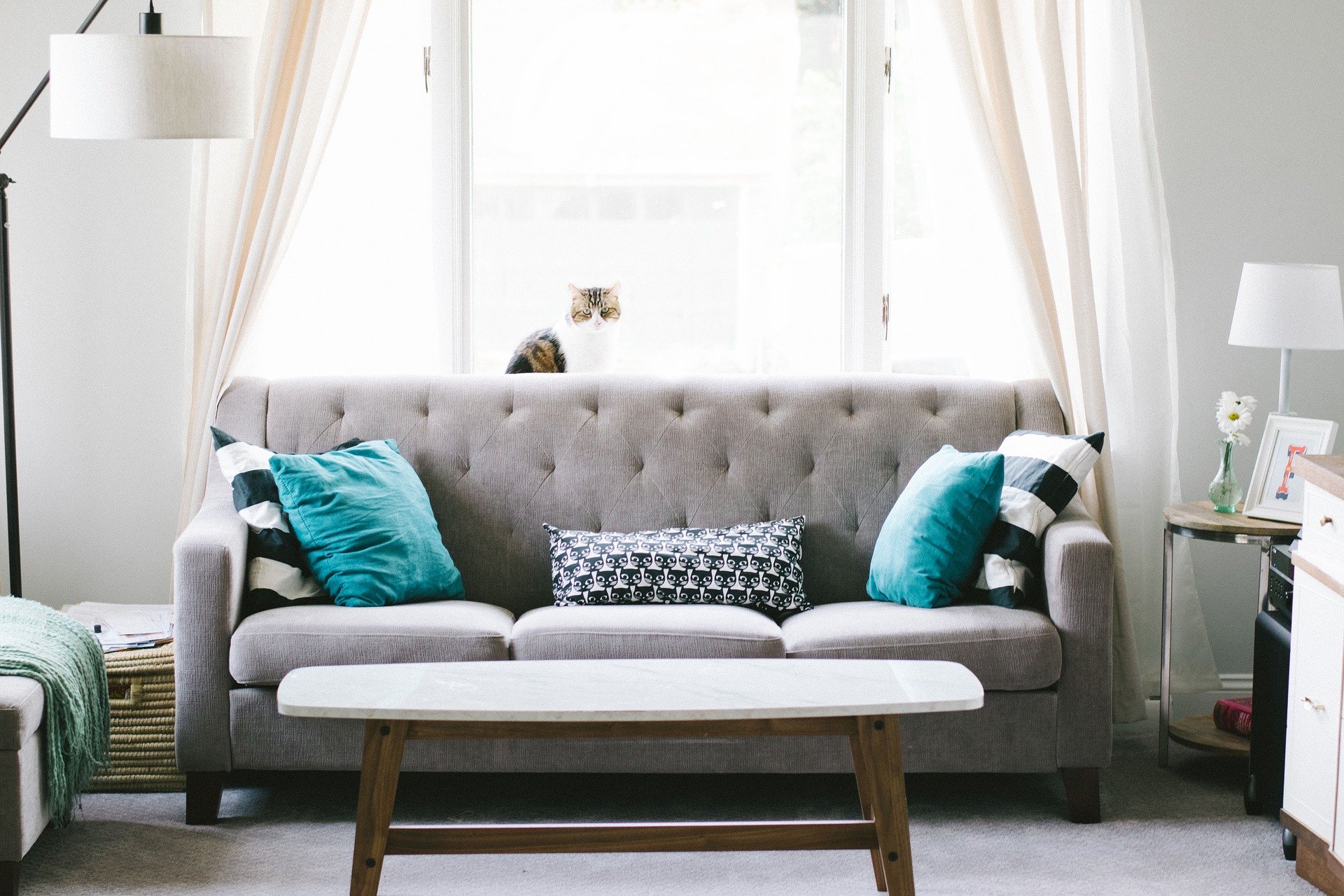Many amateur interior designers wish to get the best out of their homes, of course, but they’re not always entirely sure where to start. Making one change can often lead to many smaller consequences needing to change. Even positioning the television you have in a room, for instance, can mean you need to reorient the furniture. Painting the walls may mean you need to make use of the natural light more readily or bring in further artificial lighting solutions.
Transforming a room without encroaching on its space can be a pretty tough ask, but some people need to do it. We don’t all have massive rooms in every corner of our house. Sometimes, the design changes we make need to have some personality without making us add more clutter or reducing the navigable floor space we have to work with. In that case, thinking ahead and making a plan can be tremendously useful. Let’s see what that might mean in practice, and how we can ensure a better and more cohesive result:
Large Windows Or Panel Doors
Natural light can, of course, help a room feel more sizeable, and generally helps it feel more ‘airy,’ more interesting, more open, more breathable. It can help us feel like we aren’t shut away from the world, or that the room is too tiring and oppressive to occupy. But it’s hard to artificially improve the natural lighting of our property, as of course, we cannot negotiate with how the sun operates. It may be that bifold door installation can help a room gain a stronger sense of natural sunlight thanks to the open and clear windows provided, as well as using larger or less segmented window frame options.
Wall Greenery
A little wall greenery can make all the difference in helping a room gain a sense of vibrancy and life. Hanging wall gardens can help you avoid taking up floor space for this effort, while potted plants on a windowsill or table can also contribute. This might sound like a simple implementation, but you’d be astonished just how much of a positive effect this can have in helping a room feel a little more grounded, less like a showroom, as if a place you really wish to inhabit. Why not experiment with placement and flower types? After all, the cost of entry here is exceedingly low.
Height Lines
A simple decorative trick involves height lines. In other words, how the heights and elevation points of furniture or certain decorative elements in your room contribute to the natural ‘flow’ of your eye line around the space. For this reason, ascending or descending lines can often be healthier than furniture that feels continually staggered, as this can often make a space feel ‘too complex’ and busy. In other words, keeping your tall furniture near one side of the room and your short furniture elsewhere can help a space feel more digestible, open, and better oriented.
With this advice, you’re sure to transform a room without encroaching on its space, day after day.
Nb. Collaborative post.






Leave a Comment